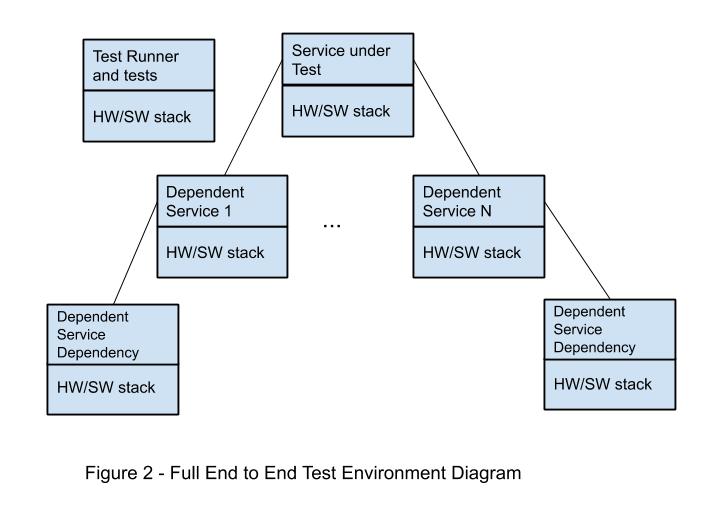

This can be considered an ambidextrous tool since it supports both manual and automated testing. It enhances the visibility of the test results by offering a well-ordered layout plan, suitable for most build types. Zephyr obsoletes spreadsheets, most precisely when integrated with Jira. It can be perfectly integrated with certain third parties to provide accurate reporting results. With this tool, you can manage everything and, as the case may be, also write additional test plans or suites. Looking for a neat and accurate method of organizing all of your test materials? This is supposed to do the trick on the first trial. These programs generally ease the workload when it comes to organizing and keeping components up to date. Since testing requires a lot of analysis and documentation, proper programs must always come in handy and ready to prevent issues from escalating rapidly and getting out of hand. Ideally, this program helps to sort, calculate, report, and complete manual test project data. We’ll be looking at a few of them below, categorically grouped according to which areas they’re most effective in.

Which Manual Testing Tools Should You Use?Ī wide variety of programs can be used to enhance the process of manual testing and, as a result, have a significant positive impact on the productive results that would result.

In some cases, you do this to determine if the build is suitable for further testing and automation, thereby saving a lot more money and time that would have been spent if it weren’t. Manual testing is still a prerequisite for a variety of tasks where automation is either cumbersome, financially steep or unnecessary.īesides, before automated tests are run on new builds, first and foremost, a manual procedure is required. Since the test cases are designed as the process is underway, the maximum test coverage is often realized through tools.Īlthough test automation is indispensable, we should not be “out with the old” just yet. Its bottom line is to release error-free software, so it sometimes opens and closes with a specific set of functional requirements. The concept and process involve the use of manual testing tools to offer some indispensable benefits as it helps to identify errors early in the life cycle of the application. This necessary and prompt fix allows QA teams to re-start the procedure to find any lurking errors. Manual testing needs adequate planning and proper execution to succeed, mainly because it requires regular check-ups and quick fixes from developers. Why Manual Testing Tools?īefore any software life-cycle testing starts, the goal to be achieved is planned from start to finish. Without a doubt, automation testing services are becoming a popular choice across a wide range of industries and, thanks to these initiatives, software development operations have changed forever. Just like regular automated testing, it also guarantees whether the application works, as stated by customers.ĭuring the test process, requirements and build are compared side-by-side to ensure this, but this method is in contrast to its automated counterpart. All the corresponding procedures are performed manually, to simulate the user point of view in a specific environment. Manual testing is an early, if not earliest, software test method for manually running test cases (as the name implies). Here’s a quick summary:īefore we go deep into the review of these tools, let’s go over what manual testing is all about. Thus, the QA team from UTOR share 14 tools for carrying out manual tests. Our focus in this article will be on reviewing different manual testing tools. From planning, documentation, development to the test analysis stage, testing tools facilitate the entire software evaluation process for organizations. Testing software for each stage of the SDLC requires tools and other forms of resource investment. It’s also not getting fazed out anytime soon.

This means that manual testing services are much in demand and various QA teams still use this form of testing. With some 25% of developers attesting to have around 37% of QA engineers who carry out only manual tests, it’s clear that there is still a need for manual testing tools for test cases that cannot be automated.


 0 kommentar(er)
0 kommentar(er)
